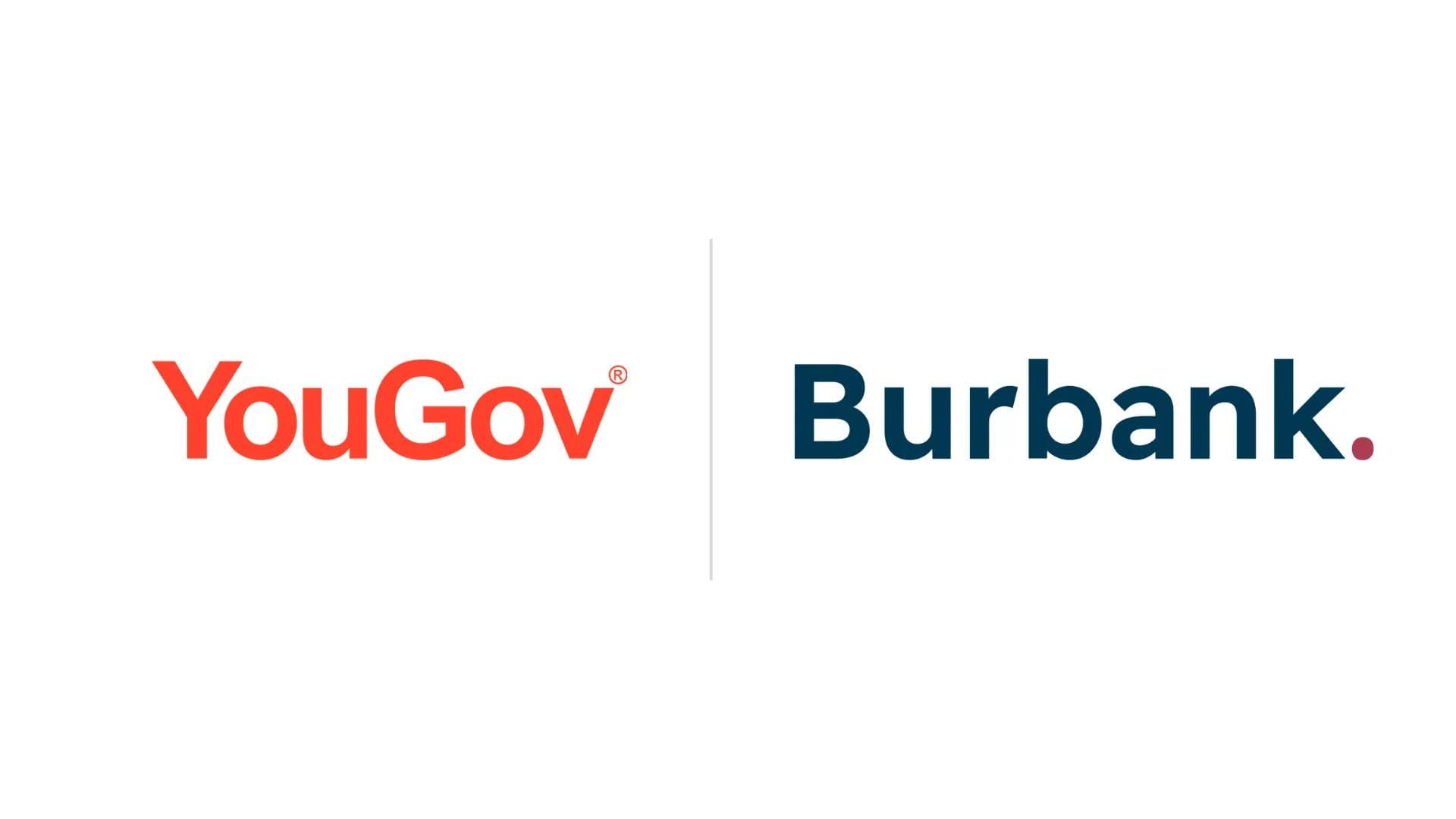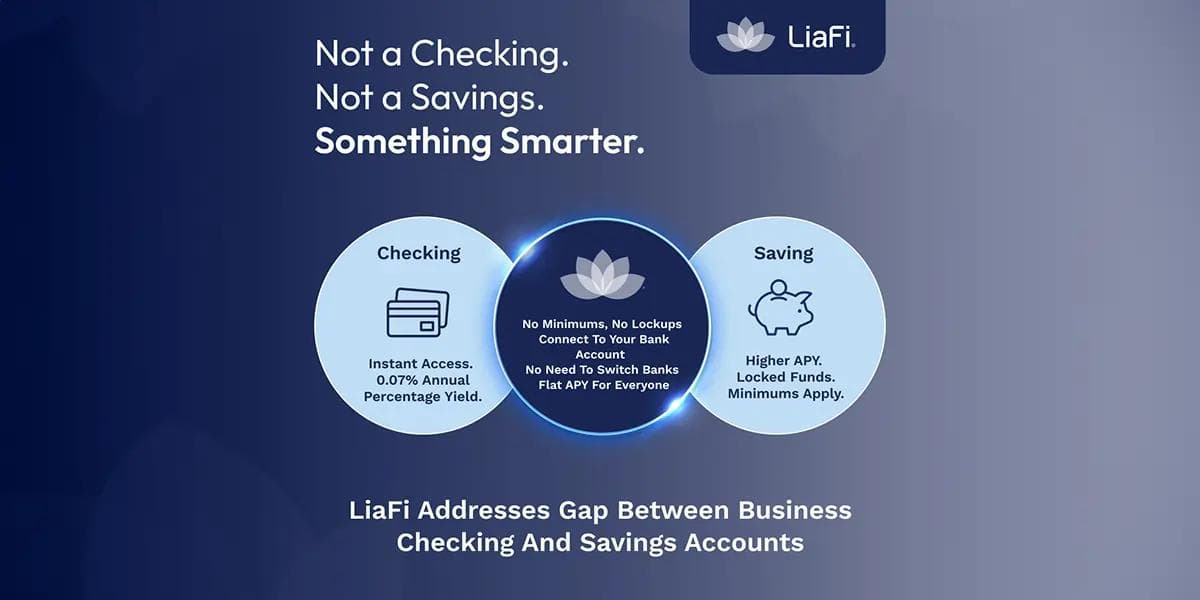Comprehensive Report on the Impact of Aging Populations on Healthcare Systems
Comprehensive Report on the Impact of Aging Populations on Healthcare Systems
Published by Jessica Weisman-Pitts
Posted on January 28, 2025

Published by Jessica Weisman-Pitts
Posted on January 28, 2025

The global trajectory towards an increasingly aging population presents formidable challenges for healthcare systems. In the United States alone, the 65+ demographic is expected to grow from 56 million in 2020 to over 73 million by 2030, representing nearly 20% of the total population (Source). This dramatic shift is not exclusive to the U.S.; many developed nations share similar demographic trends due to declining birth rates and advancements in healthcare that increase life expectancy. The implications extend beyond healthcare services to the economic, social, and policy structures that support elder care. Governments, healthcare providers, and communities face the monumental task of adapting to these changes. Traditional models based on acute care are being reevaluated to meet the growing demand for chronic care management, preventive services, and long-term care solutions. This transformation is further necessitated by the diverse needs of an older population, which include cognitive health, physical mobility, and social engagement.
Countries such as Japan, where more than 30% of the population is already over 65, offer insights into potential strategies and pitfalls in managing aging populations. Japan's experience underscores the need for comprehensive policy frameworks that address the multifaceted health, economic, and social demands of an aging society (Source).
Financial Implications and Resource Strain
Financial implications of an aging population are substantial and multifaceted. According to projections, Medicare expenses in the U.S. are expected to rise significantly, driven by higher enrollment numbers, longer life spans, and the prevalence of chronic conditions typical in older adults. Healthcare expenses for this demographic are expected to double by 2060, highlighting the profound economic challenges ahead (Source).
Medicaid spending will be heavily impacted as the need for LTSS increases. Currently, approximately 6 million Americans utilize some form of LTSS, a figure anticipated to surge to over 27 million by 2050. This upsurge will tax existing Medicaid structures, traditionally shouldering much of the LTSS financial responsibility. The projected increase translates to a significant rise in budgetary allocations, which could lead to higher taxes, reallocation of federal funds, or increased borrowing (Source).
The economic burden extends to the workforce. The ratio of working-to-retired individuals is projected to decrease dramatically, leading to fewer taxpayers available to support public health and welfare programs. For instance, in 1960, there were about five workers for every retiree in the U.S.; by 2025, this number is anticipated to fall to less than three (Source).
Moreover, resource allocation within healthcare systems will face substantial stress. Hospital beds, nursing home slots, and home healthcare provisions will all be increasingly strained, necessitating infrastructural innovation and capacity expansions to meet demand. The need for significant investments in telemedicine, community health programs, and integrated care models is evident, offering avenues to alleviate some resource pressures while improving access and outcomes for elderly patients.
By exploring countries that have begun addressing these issues, healthcare systems can identify potential pathways for reform, ensuring they remain resilient and capable of delivering quality care to an aging populace.
Challenges in Chronic Disease Management and Care
The overwhelming prevalence of chronic conditions among the elderly presents a formidable challenge to healthcare systems. Currently, nearly 95% of older adults are managing at least one chronic disease, with 80% dealing with two or more. Chronic diseases such as cardiovascular disorders, diabetes, arthritis, and respiratory illnesses demand continuous and comprehensive care strategies that are both complex and costly (Source).
This demographic reality necessitates a paradigm shift from an acute care-focused model to one that prioritizes chronic disease management. Effective management strategies involve an integrated approach encompassing preventive measures, early diagnosis, multidisciplinary treatment plans, and patient education. Such strategies are supported by technologies like electronic health records, telemedicine, and mobile health applications, which enable continuous monitoring and personalized care interventions.
Moreover, the economic burden associated with chronic diseases is staggering. In the U.S., for instance, the cost of managing heart disease alone exceeds $200 billion annually, a significant portion of which is attributable to the elderly population. Costs encompass hospital admissions, long-term outpatient care, and home health services, compounding the financial stress on healthcare systems (Source).
Patient-centered care models have emerged as vital solutions, emphasizing personalized care plans tailored to the individual's specific conditions and lifestyle. This approach encourages active participation from patients and their families in managing health outcomes. Programs focusing on diet, exercise, and lifestyle interventions complement traditional medical treatments, offering a holistic strategy to mitigate disease progression and enhance quality of life.
Additionally, healthcare resources such as long-term care facilities and home health services face increased demand as they play critical roles in managing chronic conditions. However, these resources are already under strain due to staffing shortages and financial constraints. Home health agencies, in particular, are grappling with significant workforce shortages. There is an increasing need for skilled nursing staff, home health aides, and personal care workers, a demand that far exceeds current supply levels (Source).
Innovative solutions such as remote patient monitoring and virtual care coordination offer promising avenues to alleviate some of these burdens. Telehealth services have expanded significantly, enabling elderly patients to maintain regular communication with healthcare providers and manage chronic conditions more effectively from the comfort of their homes.
Furthermore, public health initiatives aimed at preventive care and early intervention are crucial in reducing the onset and severity of chronic conditions. Encouraging regular health screenings, vaccinations, and proactive health education can mitigate the long-term impact of chronic diseases.
As healthcare systems evolve to meet these challenges, collaborative efforts between governments, healthcare providers, and communities will be essential to develop sustainable models that enhance care quality while managing the economic and logistical strains of chronic disease management in an aging population.
Workforce Challenges and Solutions
As the aging population continues to grow, the healthcare workforce faces significant challenges in meeting the increasing demand for medical services and long-term care. By 2035, the U.S. is expected to face a shortage of around 122,000 physicians, with gaps in primary care, medical specialties, and surgical specialties becoming particularly acute. This shortage is exacerbated by the increasing chronic disease burden among older adults, highlighting the urgent need for a robust healthcare workforce (Source).
Similarly, the demand for nursing staff is projected to outstrip supply, with estimates suggesting a shortfall of over 500,000 registered nurses by 2030. This shortage is primarily driven by the retirement of baby boomers from the nursing workforce, coupled with the high attrition rates among new graduates who are unable to handle the pressures of the profession (Source).
Home healthcare services, which play a crucial role in managing elderly care, are especially impacted by workforce shortages. There is an increasing need for home health aides and personal care workers, critical in providing day-to-day assistance for activities such as bathing, dressing, and mobility support. This demand is expected to grow by more than 40% over the next decade (Source).
Training and education programs are essential. Expanding nursing education programs and incentivizing careers in geriatrics through scholarships and loan forgiveness can attract new entrants to the field. Specialized training programs focusing on geriatric care are essential in equipping new nurses and caregivers with the skills needed for elderly patient management.
Technological integration, such as telemedicine and telehealth technologies, offers a promising solution to bridge the gap between demand and workforce availability. By facilitating remote consultations and continuous monitoring, these technologies enhance healthcare access, particularly in underserved areas.
Policy interventions are crucial. Government policies aimed at improving working conditions and compensation for healthcare workers can help retain existing staff and attract new professionals. Increasing federal and state funding for healthcare infrastructure and workforce training programs can provide the resources needed to address these shortages effectively.
Workforce retention strategies, such as career advancement opportunities, better work-life balance initiatives, and supportive work environments, can reduce burnout and turnover rates among healthcare professionals.
By collaboratively addressing these workforce challenges through educational initiatives, technological advancements, and supportive policy frameworks, healthcare systems can build a resilient and responsive workforce capable of meeting the needs of an aging population while sustaining high-quality care delivery.
Technological Innovations and Their Role in Elderly Care
The integration of technology into healthcare systems is increasingly seen as a critical component in addressing the challenges posed by an aging population. Technological innovations not only improve the efficiency of healthcare delivery but also enhance the quality of care provided to older adults.
Telemedicine has emerged as a transformative tool in providing remote healthcare services, a benefit particularly evident during the COVID-19 pandemic. For the elderly, telemedicine offers easier access to medical consultations without the need for physically visiting healthcare facilities, which can be difficult for those with mobility issues. The use of telehealth for routine consultations, chronic disease management, and mental health support is estimated to have increased by over 200% since 2020, reflecting its growing role in healthcare (Source).
Remote Patient Monitoring (RPM) technologies are increasingly used to track patient health metrics such as blood pressure, glucose levels, and heart rate from the comfort of the patient's home. These technologies allow for continuous monitoring, enabling early detection of potential health issues and reducing hospital readmissions. By 2025, the RPM market is projected to be valued at over $1.7 billion, driven by the rising demand for continuous, non-invasive monitoring solutions (Source).
AI technologies are being utilized to enhance diagnostic accuracy and efficiency. Machine learning algorithms can analyze vast amounts of data to identify patterns and predict health outcomes. In elderly care, AI is particularly useful in early diagnosis of diseases such as Alzheimer's and Parkinson's, where prompt intervention can significantly improve quality of life.
Wearable devices, such as smart watches and health monitors, are gaining popularity for their ability to track physical activity, sleep patterns, and vital signs. Such devices empower elderly individuals to actively manage their health and wellness. The adoption of wearables is expected to increase by 30% annually, reflecting their convenience and effectiveness in health management (Source).
Smart home systems equipped with sensors and voice-activated devices assist older adults in living independently by automating daily tasks and ensuring safety. These technologies can remind patients to take medications, alert caregivers to falls or emergencies, and control home environments to enhance comfort and accessibility.
As healthcare systems continue to embrace digital transformation, these technological advancements provide promising pathways to mitigate the pressures of aging populations. By integrating these technologies, healthcare providers can deliver more personalized, efficient, and effective care, ensuring that aging individuals enjoy healthier, more independent lives.
Policy Considerations and Healthcare Reforms
The aging population's impact on healthcare systems necessitates substantial policy adjustments and innovative reforms to ensure sustainability, accessibility, and quality of care. As governments and healthcare organizations confront these demographic shifts, comprehensive policy frameworks are essential to address the multifaceted challenges associated with elderly care.
To accommodate the rising demand from an aging population, significant investments in healthcare infrastructure are required. Expanding healthcare facilities, particularly in rural and underserved areas, is critical for ensuring access to necessary services. Policymakers must prioritize building and upgrading hospitals, clinics, and long-term care facilities to meet future needs (Source).
Policy initiatives focused on enhancing workforce training and education can help address current and projected shortages of geriatric care specialists. Implementing incentives such as scholarships, student loan forgiveness, and attractive career advancement opportunities for healthcare professionals specializing in elderly care will improve workforce capacity and skills (Source).
Reforming the financing of Long-Term Services and Supports (LTSS) is crucial for sustainable care provision. Policymakers need to explore innovative financing models that distribute costs equitably among individuals, families, insurance providers, and governments. Expanding programs like Medicaid and Medicare to cover more comprehensive LTSS packages would alleviate financial burdens on families and ensure broader access to essential services (Source).
Shifting focus toward preventive care and wellness services can significantly reduce the incidence and severity of chronic diseases among older adults. Government programs should promote regular health screenings, vaccinations, and public health campaigns that emphasize lifestyle factors such as nutrition, exercise, and stress management (Source).
Collaboration between public sectors and private industries can accelerate the development and implementation of innovative healthcare solutions. By fostering public-private partnerships, policymakers can encourage the adoption of emerging technologies, improve healthcare delivery systems, and optimize resource allocation to meet the needs of aging populations (Source).
Policymakers should consider the broader social determinants of health that affect elderly populations, including housing, transportation, and social support. Initiatives that enhance community-based services, improve public transportation, and create age-friendly urban environments can help older adults maintain independence and access necessary healthcare services (Source).
By implementing these policy considerations and reforms, governments and healthcare systems can better prepare for the challenges posed by an aging society. These measures not only ensure the provision of quality care for older adults but also contribute to healthier, more resilient communities.
The profound demographic shift towards an aging population presents both formidable challenges and unique opportunities for healthcare systems globally. Addressing the complex needs of older adults requires a multifaceted approach involving strategic investments in healthcare infrastructure, workforce enhancements, technological innovation, and comprehensive policy reforms.
As detailed in the previous sections, the financial implications of this demographic change, coupled with the increased demand for chronic disease management and long-term care, necessitate targeted strategies that encompass all aspects of healthcare provision. The integration of advanced technologies such as telehealth and artificial intelligence promises to alleviate some of these burdens by improving care delivery and efficiency.
Effective policy considerations are crucial in shaping a sustainable healthcare system. By focusing on preventive care, supporting long-term services, and encouraging public-private partnerships, policymakers can create more resilient healthcare environments capable of adapting to an aging society. Additionally, addressing social determinants of health is imperative to ensure that older adults receive comprehensive support beyond medical care, fostering an environment where they can thrive independently.
Ultimately, the success of these initiatives hinges on collaborative efforts among governments, healthcare providers, communities, and individual stakeholders. By working together, we can create a future where healthcare systems are better equipped to meet the needs of all individuals, regardless of age.
As we look toward the future, embracing innovation and adaptability will be key in transforming challenges into opportunities, ensuring that our healthcare systems remain robust, inclusive, and capable of delivering high-quality care to an increasingly aging population.
Explore more articles in the Top Stories category











